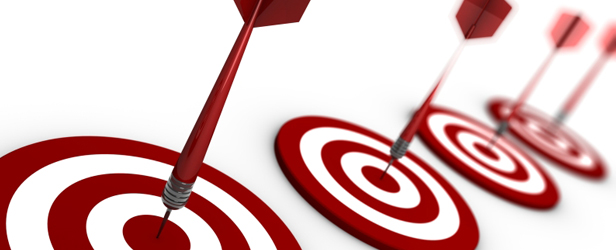
From elitefts™ Q&A
Hi JL,
I recently pulled 585 pounds in competition, in part to your advice on increasing my glute activation. My next goal is 600–but I've run into a snag.
I've set up a routine where I alternate pulling from the floor one week and a max effort movement the following. The max effort moves I have chosen are:
- Rack pull from below the knee.
- Reverse band deadlift with light bands and complete release of tension at the top.
- Deadlift from three-inch deficit.
- Pulls against band tension.
My first week went great. With the rack pull I hit an easy 610 pounds, which was a PR. I shut it down, leaving that as a number to beat. The next week I did six speed pulls at 75 percent. This week I just tried reverse band deadlifts, and barely moved 600. The weight came about four inches off the floor and stalled big time. My thinking is that if I could handle 610 easily from a rack lockout, then the weak point has to be in my quads. I started doing 3x5 close stance safety squats to a bench about two inches above parallel.
Any thoughts?
I’m glad that your deadlift is moving in the right direction. You gave a lot of information in your question, so I’m going to start from the top.
Where do you fail in your deadlift? This will determine which max effort lifts you should choose. Without knowing where you fail, I cannot tell you if the exercises you chose are good or not.
What I can tell is that of the exercises you chose, three were lockout oriented and one was starting-strength oriented. This tells me that you either don’t have a focus in your training, or you need to have a better idea of how to program it.
The six speed pulls at 75 percent is also an issue. You need to determine what kind of lifter you are. Are you an explosive lifter that needs to increase absolute strength, or are you a grinder that needs to build explosive strength? I am explosive, so my speed pulls are done in the 60 to 75 percent range. One of my strength coaches is a grinder, so his speed pulls are in the 35 to 50 percent range. What kind of lifter you are will dictate the range you should use.
You should also be doing more sets of speed pulls. Do eight to 10 sets, depending on how heavy you go. You should use under one minute rest. If you’re able, 30 to 45 seconds rest will give you the best benefit.
You did not tell me how you set up the reverse band sets, so I cannot know how much was taken off at the bottom. If you set it up the way I’m assuming you did, it was between 60 and 90 pounds. If you are struggling to move weights in the low five hundreds, then your weakness is the part of the pull off the floor to your knees. The majority of the time, this is due to a hamstring weakness. Quads do help off the floor, but if you’re getting the weight off the floor before stalling, that likely isn’t your weakness.
If you can lock out 610 pounds, then you should spend time with max efforts lifts that target the lower end of your pull. Do you pull sumo or conventional? This will make a big difference on how you should assess your weaknesses. The advice I gave assumes you pull conventional. If that is the case, I suggest you do a lot of stiff leg deadlifts and RDLs instead of safety bar squats.
So, here’s the process you need to use:
- Determine where you fail.
- Pick max effort lifts to target that area.
- Find out if you need to work on explosive or absolute strength.
- Choose two kinds of accessories lifts: ones that will keep your strong qualities strong, and ones that will bring up your weaknesses.
This post gives you more questions that you need to answer. If you work out the questions I posed to you here, you will have a great program that will help you break the 600-pound deadlift barrier.











1 Comment